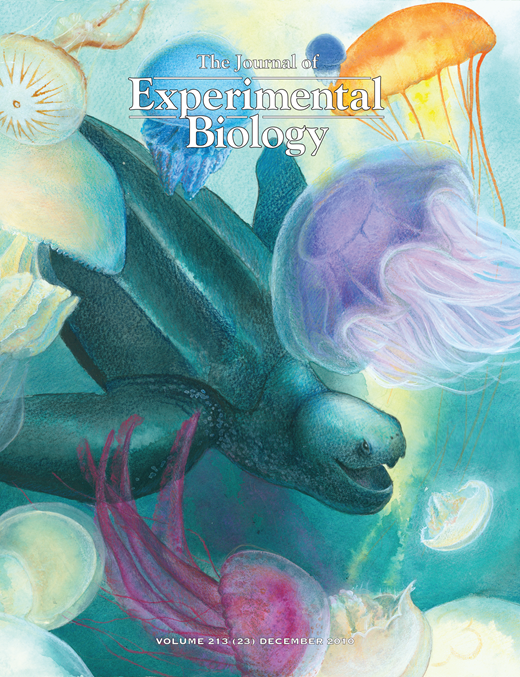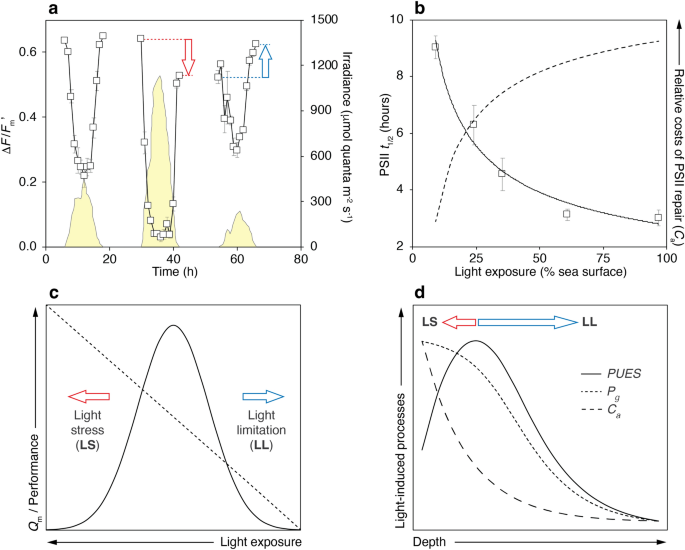So this is a 2 parter question. I am new to saltwater. Tank has been up since September and just now adding coral.
Does Kenyan tree coral help with filtration?
Do I need to run blue lights all the time or white?
Does Kenyan tree coral help with filtration?
Do I need to run blue lights all the time or white?
















